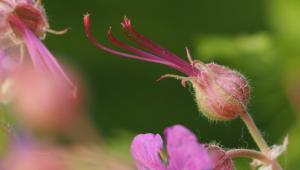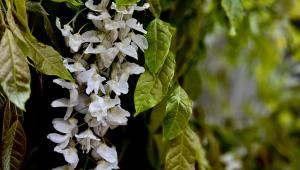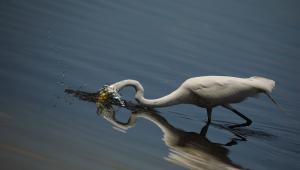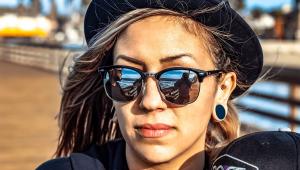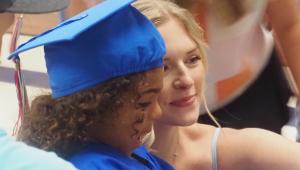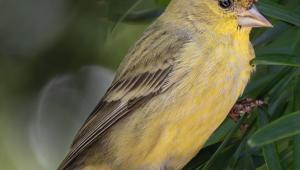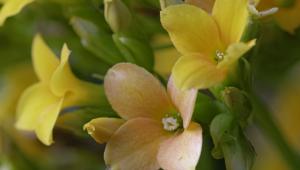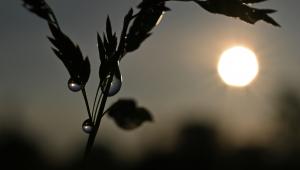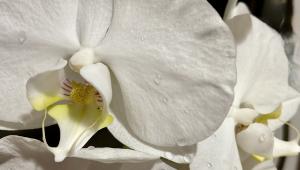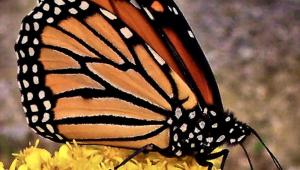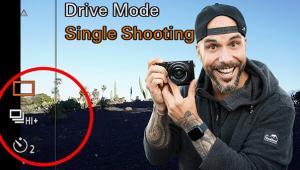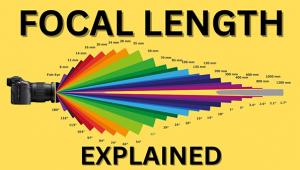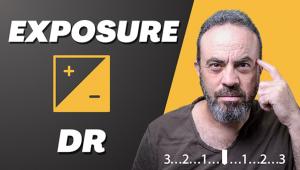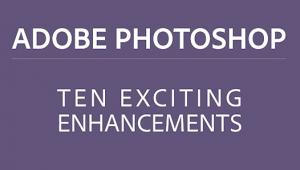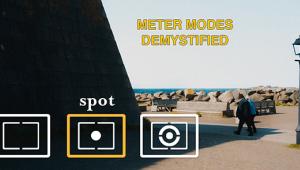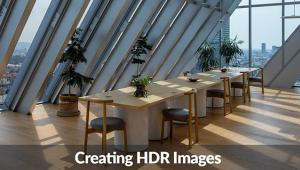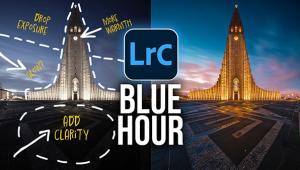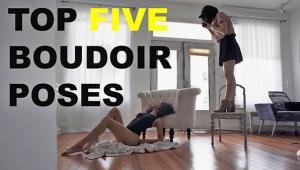The Photography Of Thom Rouse; Where Technician And Artist Meet Page 2
SB: Many of your works are heavily manipulated. Do you have
a vision in mind when you start or does it unfold before you?
TR: About a third of my pieces are previsualized and are finished
very close to my original concept. About a third began with a previsualized
concept and evolve into something else during the process. And about a third
are simply the result of fooling around on the computer until I see something
I like. Initially I thought it was "cheating" to produce an image
that was not entirely previsualized but I have come to think that we really
don't create anything--all possible images are already out there.
Our task is to recognize them--discover them--and harvest them when
we see them, whether in our own heads or on the screen.
"Time After Time" |
|
 |
|
|
SB: Can you take us through a typical fine art workflow?
What camera/lenses do you use?
TR: I'm currently using the Nikon D200 as my principal
camera and expect to buy the D3 soon. I use a variety of lenses, both Nikons
and Tamrons, including a few older manual focus Nikon primes that I can't
seem to live without. For studio sessions and figure studies I edit in Lightroom
but save as raw and do very little manipulation until I start a specific project.
I also collect and file objects and textures wherever I see them and save them
as raw files. Many of them sit on a hard drive for months and sometimes years
before I discover an appropriate use for them. Although textures are readily
available for sale on disc I prefer to photograph everything that goes into
a finished image, and I think the search for and discovery of textures is important
to the process and to visual literacy.
For fine art work I rarely use Actions and often forget exactly how and what
I've done to produce the final image. I want the process to be driven
by concept and visualization not by the technology. It's too great a temptation
to fall back on old tricks stored as Actions or Scripts. Each new image should
be a process of discovery. Except for a few files I've saved for demonstration
my finished images are flattened. At first I flattened them to save storage
space but it has become part of the process and forces me to declare an image
finished and to resist the temptation to tamper with it further.
 |
|
|
SB: Do you have any favorite Photoshop plug-ins and do you
use other software?
TR: Yes, I shoot raw and can't understand why anyone
would shoot anything else. One of the joys of digital is having the postproduction
opportunities that allow for greater spontaneity during capture. My principal
software is Photoshop. I'm convinced that you can do everything in Photoshop--although
a plug-in may well save time for specific manipulations. I use LucisArt sparingly--I
rarely want it to be obvious--and a few of the Flaming Pear plug--ins,
including Flood. I also have Painter X and use it occasionally but I'm
not very good at it.
SB: File sizes must become cumbersome with the amount of layers
involved. Tell us a little bit about your computer setup and how you deal with
large file sizes.
TR: I'm currently on a Mac G5 Quad with 4GB of RAM. Most
of my images range from 750MB to 1GB, but occasionally well over 1GB in size.
The G5 seems to be sufficient, although I may have time for a short nap while
it renders an extensive liquefy manipulation. I'm an obsessive user of
layers in what is probably a very inefficient way. I know I've had images
with well over 400 layers but I kept them with the idea that I could always
go back to an earlier state and rearrange individual elements. In fact, I almost
never move back--I either declare the image finished or declare it a failure
and move on. (I've learned far more from the failures than from the successes.)
 |
|
|
The current trend in retail photography is to use software to save time; to
use Actions and Scripts to automate production. There is great emphasis on saving
time--sometimes to the detriment of our craft. Time is of course important
in production work but for fine art or self-assignments or carriage trade work
saving time should not be a major issue. I had a brief conversation with Arthur
Rainville from the New England School of Photography who said that photographers
are always worried about saving time when they might be better served by "savoring
the time."
SB: Do you think it's possible for a photographer to
have a viable business by creating unique artwork such as yours?
TR: It is certainly my intention to make my living solely as
a fine artist but my primary motivation is one of self-discovery, so I'll
be doing it regardless of whether or not it is economically viable. That said,
each year seems to bring an increase in revenue from fine art. And I think that
just as in portrait and wedding photography, financial success is dependent
on attention to business and marketing--not just to image making. I've
tried hard to avoid it but I've made a resolution to pay more attention
to business and marketing.
To see more of Thom Rouse's work, visit www.thomrouse.com. Rouse can be contacted via e-mail at: rouse@comcast.net.
- Log in or register to post comments
















